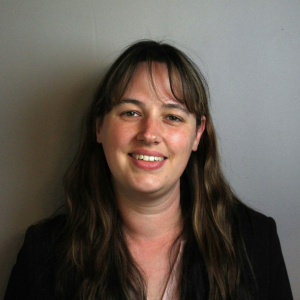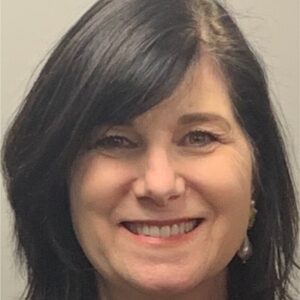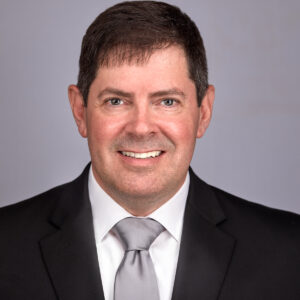Strategies for Effective Workforce Schedule Management in Senior Care
Effective schedule management plays a pivotal role in the successful operation of senior care communities. It not only ensures the seamless delivery of high-quality, consistent care to residents but also directly impacts critical operational areas such as workforce satisfaction, staff retention, and overall financial performance. A well-managed schedule helps avoid staffing shortages, reduces overtime costs, and supports a balanced workload, contributing to a more engaged and stable team environment.
However, the changing landscape of senior care has rendered many traditional scheduling methods obsolete or insufficient. In today’s dynamic environment, relying on outdated, manual, or rigid scheduling systems can lead to inefficiencies, compliance issues, and burnout among caregivers. To stay competitive and responsive to both resident needs and staff well-being, senior care providers must embrace new scheduling strategies.
Read on to discover how smarter scheduling strategies can help you reduce burnout, improve care quality, and build a more resilient, satisfied team.
How Staffing Shortages Make Scheduling More Important Than Ever

Chiriga Ofori, CEO at Kinbridge at Oviedo
Chiriga Ofori, a Registered Nurse and CEO at Kinbridge at Oviedo, has witnessed how vital effective staff scheduling is. “Scheduling isn’t just a logistical task – it’s a core function that directly impacts quality of care, staff retention, and organizational sustainability,” she says.
Ongoing staffing shortages across the industry have made effective staff scheduling more important than ever. “Effective scheduling is no longer a luxury; it’s a necessity,” explains Ofori, noting that scheduling can either alleviate burnout or contribute to it.
Poor scheduling can cause fatigue, increased call-outs, and compromised resident care. “Scheduling must be intentional, equitable, and proactive to maintain continuity of care and reduce turnover,” she says.
Effective Scheduling Best Practices
The traditional one-size-fits-all schedule is no longer effective in meeting the diverse needs of today’s workforce. Many frontline team members now hold multiple jobs, making flexibility in shift length critical. “For instance, overnight shifts are tough to fill, but we had success making it a 10-hour shift as opposed to a traditional eight,” says Jason Post, founder and director at Retirement Home Insider. He adds that blocking time during shifts for team members to do programming and activities with residents has benefitted all of the involved parties.
Ofori has found incorporating predictive scheduling, or anticipating needs based on historical data, acuity levels, and seasonal trends, to be highly effective. She prioritizes staff input, and allows team members to submit their availability or request shifts, which helps increase staff buy-in and satisfaction.
Ofori also highlights the value of cross-training staff across roles, which creates extra coverage flexibility and makes for a more resilient team. For example, CNAs trained in medication administration can cover shifts requiring medication administration when needed.
“Digital scheduling tools have been a game-changer,” Ofori says. “They reduce manual errors, allow real-time updates, and offer visibility for both leadership and staff.” Ofori recommends that communities make sure digital scheduling tools integrate with their existing payroll and HR systems. Scheduling tools should also offer mobile access for frontline staff, and should include analytics to help communities spot scheduling gaps and trends. “Don’t just go with the trendiest app,” she says. “Choose the tool that solves your specific workflow issues.”
How to Navigate Limited Coverage and Unexpected Call-Outs

Jason Post, Founder and Director at Retirement Home Insider
When working with limited staff coverage, Post recommends that communities maximize shifts where possible, assigning full-time shifts and increasing the number of full-time team members. He also stresses the importance of taking the time to check in with teams about what they feel can help with scheduling. “They may have suggestions, friends, or resources that can help when staffing is tight,” he says.
Communication and creativity are also key when staffing is tight. “We’ve used tiered staffing models where essential services are always covered, and ancillary tasks are redistributed or deferred,” Ofori explains. She’s also found that incentives like shift bonuses, flex-time, or micro-shifts of approximately four-hour slots have helped attract coverage without exhausting staff.
Unexpected call-outs can be especially disruptive when staffing levels are already stretched thin. To minimize the impact, Ofori advises communities to proactively plan for these emergencies before they occur. She maintains an “on-call bench” of per-diem or part-time staff who agree to be available during critical shortages. “We also have escalation protocols—if a nurse calls out, we immediately alert backup and assess which residents need the most skilled coverage,” she says. “Communication platforms like Slack or mass-text systems help us mobilize responses quickly.”
The Role That Staffing Agencies Play in Schedule Management
Though staffing agencies can help fill critical scheduling gaps, Ofori cautions that senior care communities should use agencies sparingly. “They’re most valuable when used for temporary relief while building your internal pipeline,” she says.
Ofori recommends that communities rigorously vet their staffing partners. It’s important to ensure the agency aligns with the community’s care philosophy and values. The agency should consistently provide the same personnel to promote continuity and must adhere to the community’s clinical standards.
A Renewed Focus on Schedule Management
Due to technological advancements, changing staff lifestyles, and staffing shortages, senior care communities need to rethink how they approach schedule management. “Ultimately, staffing is not just about filling slots—it’s about sustaining a caregiving culture,” says Ofori. “When you build systems that support your team, your team can better support your residents. In senior care, where every hour of compassionate care matters, intentional scheduling is both a clinical and operational imperative.”

Paige Cerulli is a contributing writer to i Advance Senior Care.
Related Articles
Topics: Facility management , Featured Articles , Operations , Risk Management , Staffing











